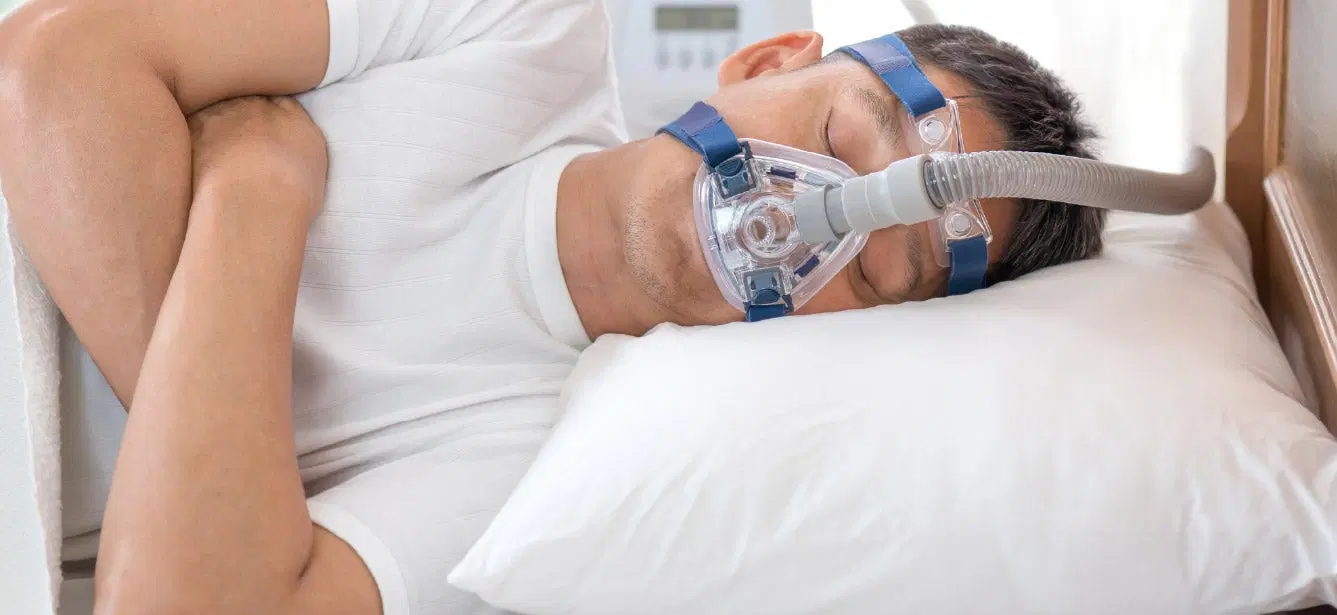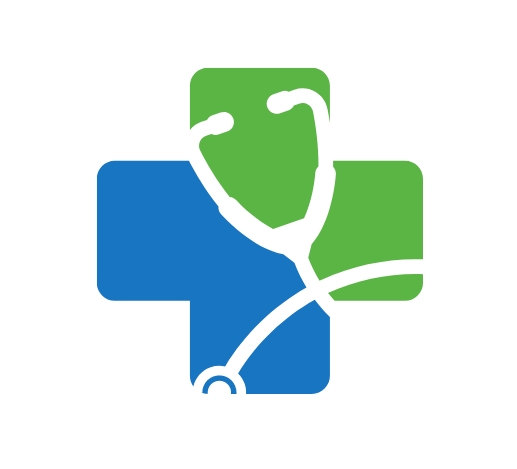
Discover the essential steps to diagnose adult sleep disorders, from recognizing insomnia patterns to understanding sleep lab procedures—key insights for restful nights. Have you ever spent hours tossing in bed, wide awake, while the world around you sleeps soundly? Sleep disorders in adults are more than just fleeting frustrations—they’re complex conditions shaped by biology, lifestyle, and even cultural norms. Let’s unravel this silent epidemic, one clue at a time.
The Hidden World of Sleep Disorders
Sleep disorders aren’t just about counting sheep. Conditions like insomnia, sleep apnea, and restless leg syndrome often stem from intertwined factors. For example, did you know that nearly 30% of adults in urban Turkey report chronic insomnia, according to the Turkish Sleep Medicine Association? Stress, shift work, and even the bustling nightlife in cities like Istanbul play roles. But it’s not just cities—rural areas face unique challenges, like limited access to sleep clinics.
Take obstructive sleep apnea (OSA), often missed because snoring is dismissed as “normal.” In reality, untreated OSA can escalate to cardiovascular issues. A 2023 study by Ankara University found that 40% of Turkish adults with hypertension also had undiagnosed sleep apnea. Spotting these connections requires a detective’s eye.
Red Flags: When to Suspect a Sleep Disorder
How do you distinguish a bad night’s sleep from a disorder? Key signs include daytime fatigue despite adequate rest, frequent awakenings, or irritability. For instance, if you’re dozing off during meetings or craving naps daily, it’s time to investigate. Partners often notice symptoms first—like gasping for air during sleep, a hallmark of OSA.
Cultural nuances matter too. In Turkey, discussing sleep issues is sometimes stigmatized, especially among older generations. A patient might complain of “kalp çarpıntısı” (heart palpitations) instead of admitting sleeplessness. Clinicians trained in these subtleties can piece together the puzzle faster.
Tools of the Trade: Diagnostic Methods Unveiled
Diagnosis starts with a detailed sleep history. Tools like the Epworth Sleepiness Scale help quantify daytime drowsiness. But the gold standard remains polysomnography (PSG), conducted in sleep labs. Istanbul’s Acıbadem Hospital, for example, uses advanced PSG systems to monitor brain waves, oxygen levels, and limb movements.
For those hesitant about labs, home sleep apnea tests (HSATs) offer alternatives. These portable devices track breathing patterns and heart rate. However, they’re less effective for diagnosing non-apnea disorders. Actigraphy—a wrist-worn sensor—is another option, ideal for assessing circadian rhythm disorders common among shift workers in industrial hubs like Bursa.
The Role of Comorbidities: Untangling the Web
Sleep disorders rarely travel alone. Depression, diabetes, and GERD often accompany them. Take the case of a 45-year-old teacher from Izmir: her chronic fatigue was initially blamed on stress, but a sleep study revealed severe OSA exacerbated by allergies. Treating her allergic rhinitis improved her sleep quality dramatically.
Thyroid imbalances are another sneaky culprit. A simple TSH test can reveal hypothyroidism, which mimics insomnia symptoms. The www.turkishdoctor.ae editorial team emphasizes ruling out such conditions before labeling it a primary sleep disorder.
Cultural and Environmental Influences
Turkey’s tea culture—sipping çay late into the night—can disrupt sleep cycles. Similarly, the prevalence of smoking in regions like the Black Sea contributes to upper airway inflammation, worsening sleep apnea. Even architectural habits matter: poorly ventilated homes in crowded cities trap allergens, aggravating conditions like nocturnal asthma.
Traditional remedies also shape patient behavior. Many turn to “bitki çayları” (herbal teas) or lavender sachets before considering medical help. While these soothe mild cases, they delay diagnosis for severe disorders.
Navigating Sleep Labs: What to Expect
Walking into a sleep lab can feel intimidating. Patients are wired with sensors, but the process is painless. Labs like Medipol University’s Sleep Center in Istanbul offer private rooms to mimic home environments. The key is to sleep naturally—easier said than done, but technicians account for “first-night effects” in their analyses.
Post-study, the data reveals cycles of REM, deep sleep, and awakenings. For instance, a fragmented REM pattern might indicate narcolepsy. In Turkey, interpreting these results often involves collaboration between pulmonologists, neurologists, and ENT specialists.
Emerging Tech: Wearables and Apps
Consumer tech is revolutionizing sleep diagnostics. Devices like Fitbit or Huawei bands estimate sleep stages via heart rate variability. While not as precise as PSG, they help track trends. Apps like “Pillow” analyze snoring sounds, flagging potential apnea episodes.
In Turkey, telemedicine platforms like Doktorsitesi now integrate sleep assessments, connecting patients with specialists in Ankara or Antalya. These tools democratize access, especially for those in remote areas like Eastern Anatolia.
When to Refer to a Specialist
General practitioners can manage mild cases, but red flags warrant specialists. Examples include suspected narcolepsy, violent limb movements (indicating REM sleep behavior disorder), or oxygen dips below 90%. In Turkey, sleep medicine is a subspecialty under chest diseases or neurology, requiring additional training.
Clinics like Memorial Şişli in Istanbul offer multidisciplinary approaches. A patient with insomnia might receive cognitive-behavioral therapy (CBT-I) alongside dietary advice—like reducing “simit” consumption at night due to gluten sensitivity.
Myths vs. Facts: Busting Common Misconceptions
“Yaşlandıkça uykusuzluk normaldir” (“Insomnia is normal with age”) is a dangerous myth. While sleep patterns change, chronic sleeplessness isn’t inevitable. Another fallacy: “Horlama zararsızdır” (“Snoring is harmless”). Loud snoring can signal airway obstruction, requiring intervention.
Education campaigns by the Turkish Thoracic Society aim to debunk these myths. Their 2022 survey revealed that 60% of Turks still view sleep aids as the first solution, unaware of non-drug therapies like CBT-I.
Lifestyle Tweaks: Small Changes, Big Impact
Simple adjustments can transform sleep health. For shift workers, strategic light exposure helps reset circadian rhythms. The www.turkishdoctor.ae team recommends avoiding screens 90 minutes before bed—a challenge in Netflix-binge culture!
Diet plays a role too. Foods rich in tryptophan (like “yoğurt” or almonds) boost melatonin production. Conversely, “kebap” dinners heavy in fat delay digestion, disrupting sleep. Even the Turkish practice of “kahvaltı” (breakfast) matters: skipping it destabilizes blood sugar, affecting nighttime rest.
The Future of Sleep Medicine in Turkey
Innovations are on the horizon. Researchers at Ege University are exploring genetic markers for narcolepsy in Turkish populations. Meanwhile, AI-driven diagnostic tools are being tested in Ankara hospitals to predict sleep apnea risk using facial structure analysis.
Public awareness is growing too. National Sleep Week campaigns now feature workshops in cities like Gaziantep, teaching locals about sleep hygiene. With these strides, Turkey is poised to become a regional hub for sleep medicine.
Your Next Step: Taking Control
If sleep woes persist, start a sleep diary. Note bedtime routines, caffeine intake, and mood shifts. Share this with your doctor—it’s invaluable for diagnosis. For trusted resources, explore www.turkishdoctor.ae, where experts break down complex protocols into actionable steps.
Remember, diagnosing sleep disorders isn’t just about technology—it’s about listening to your body’s whispers before they become screams. Whether you’re in bustling Istanbul or serene Cappadocia, peaceful sleep is within reach.

 then "Add to Home Screen"
then "Add to Home Screen"